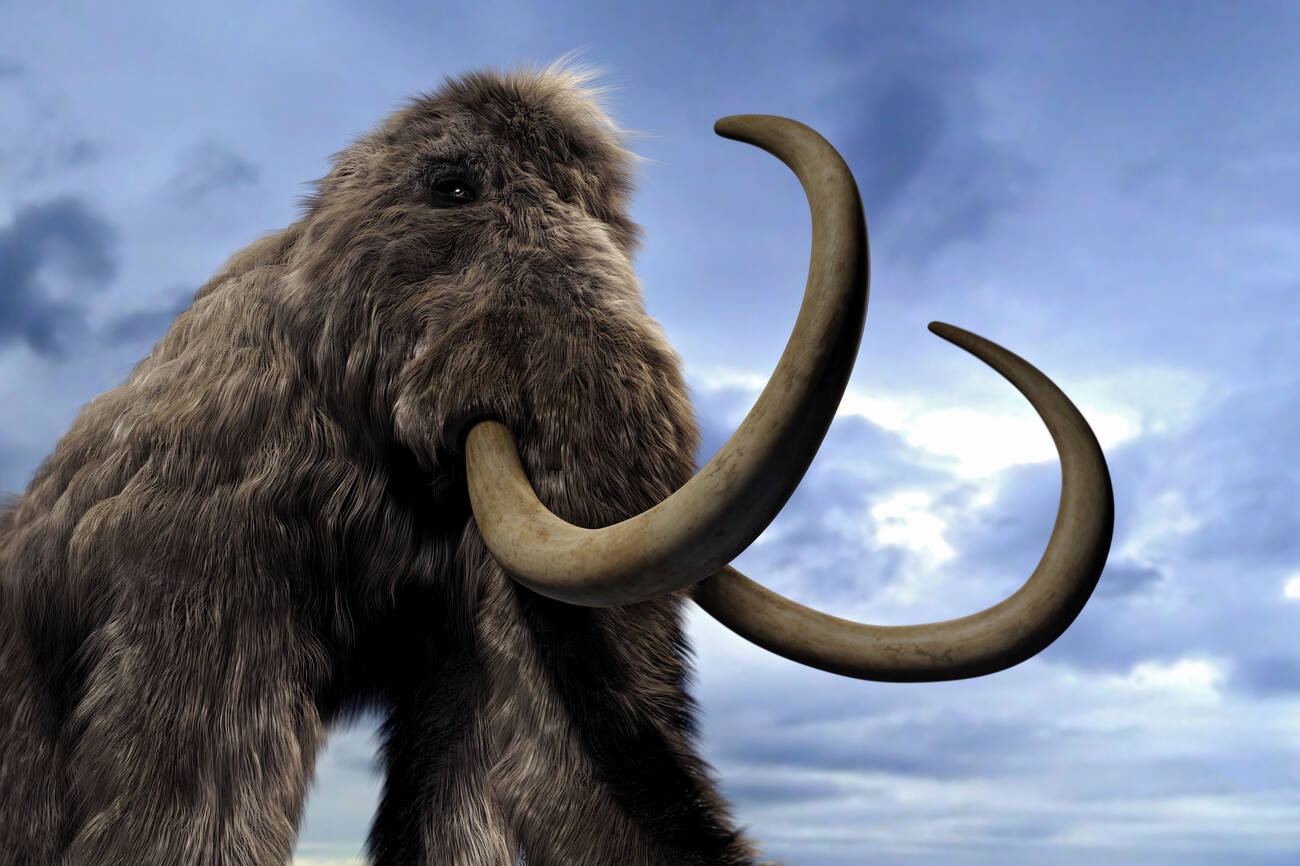
6 Facts You Never Knew About Woolly Mammoths
Amazing Facts About Ice Age Giants What’s the first image that pops into your mind when you think about the Ice Age? In my opinion, Woolly Mammoths are the answer. They are the ancient ancestors of modern elephants. They disappeared from the world during the last ice age due to several reasons. One major reason…